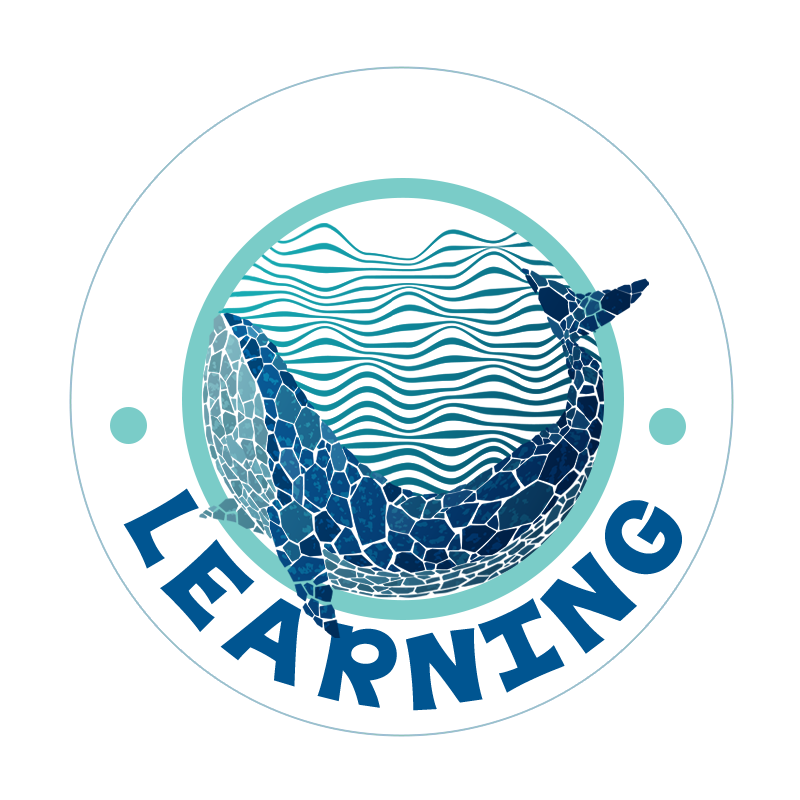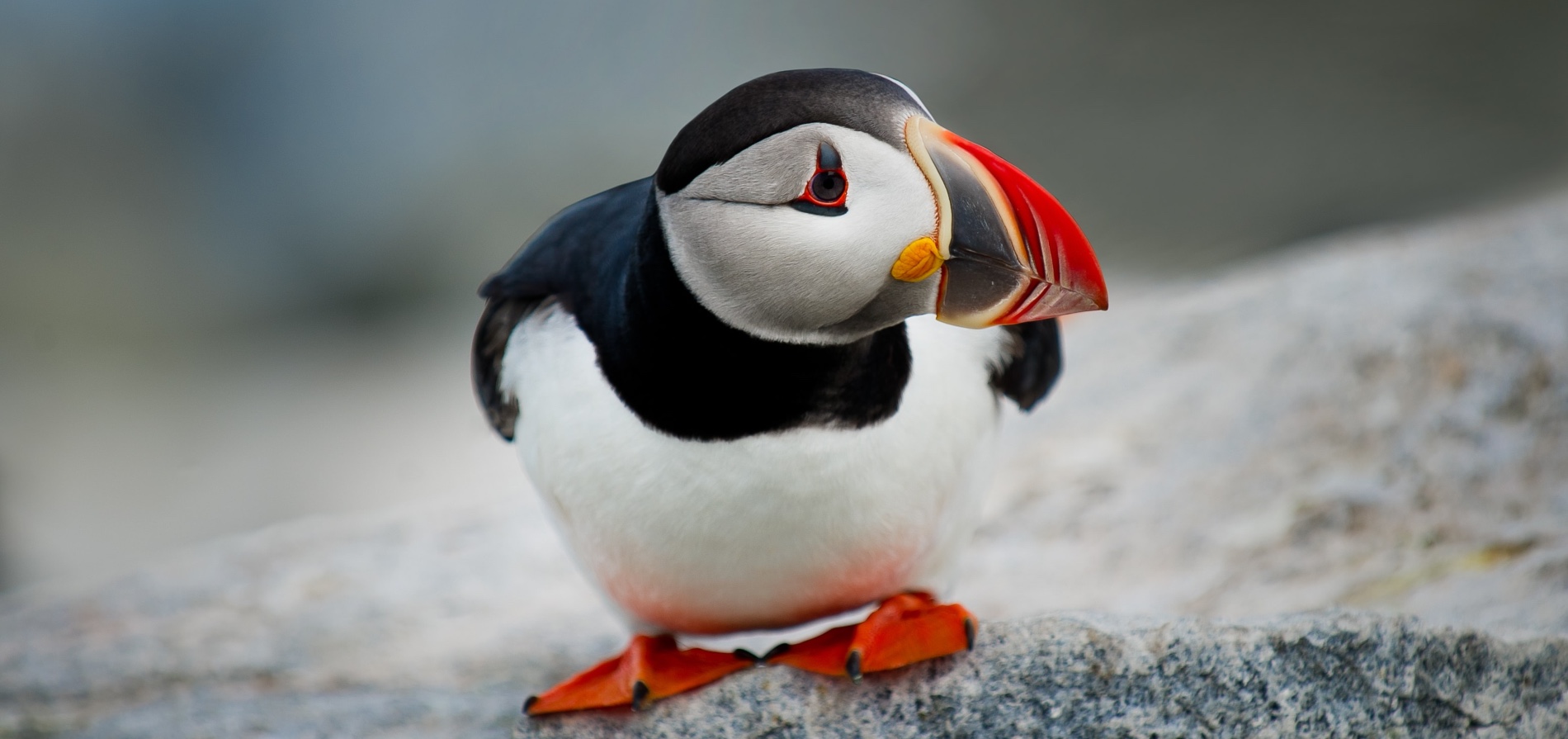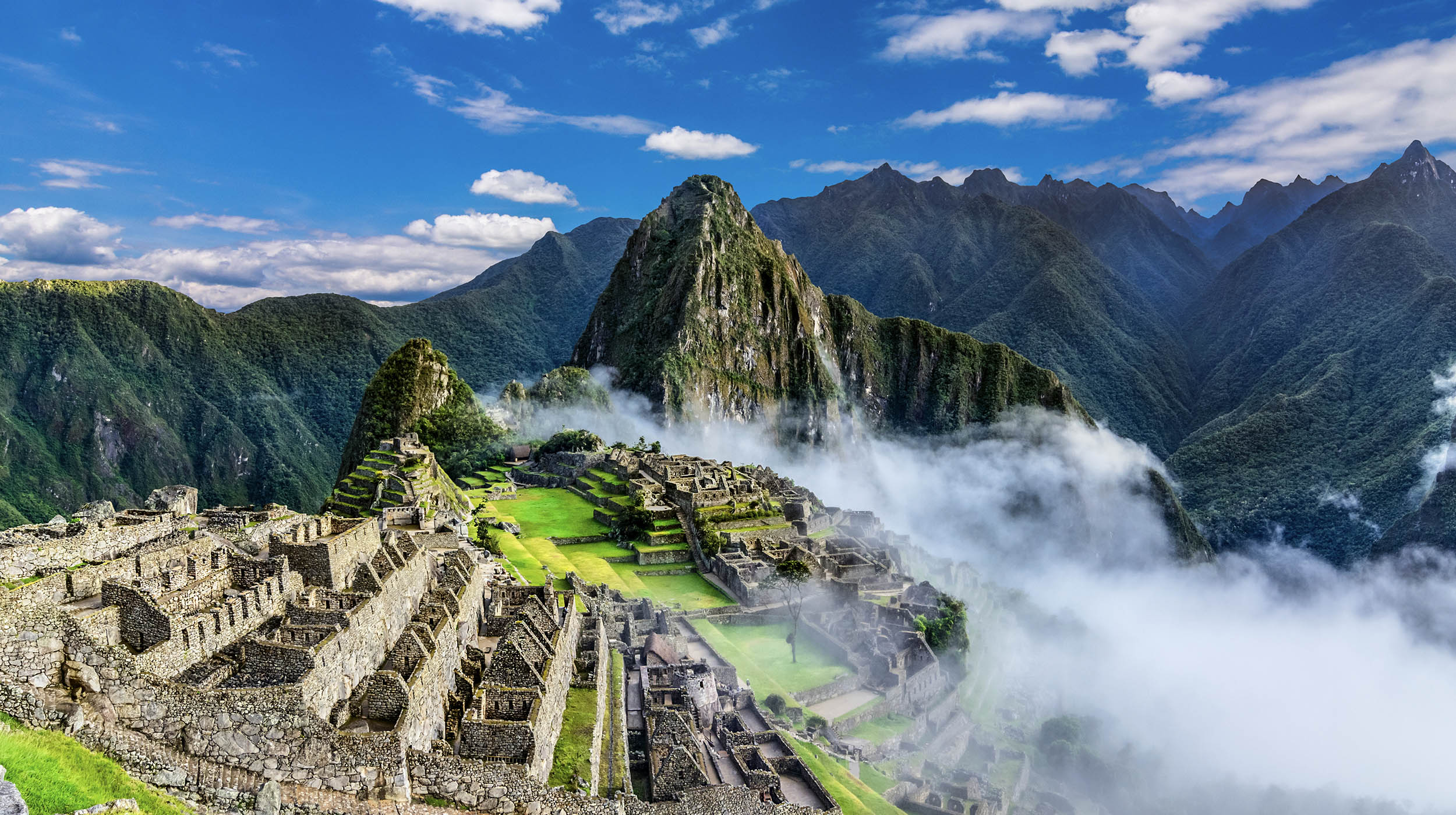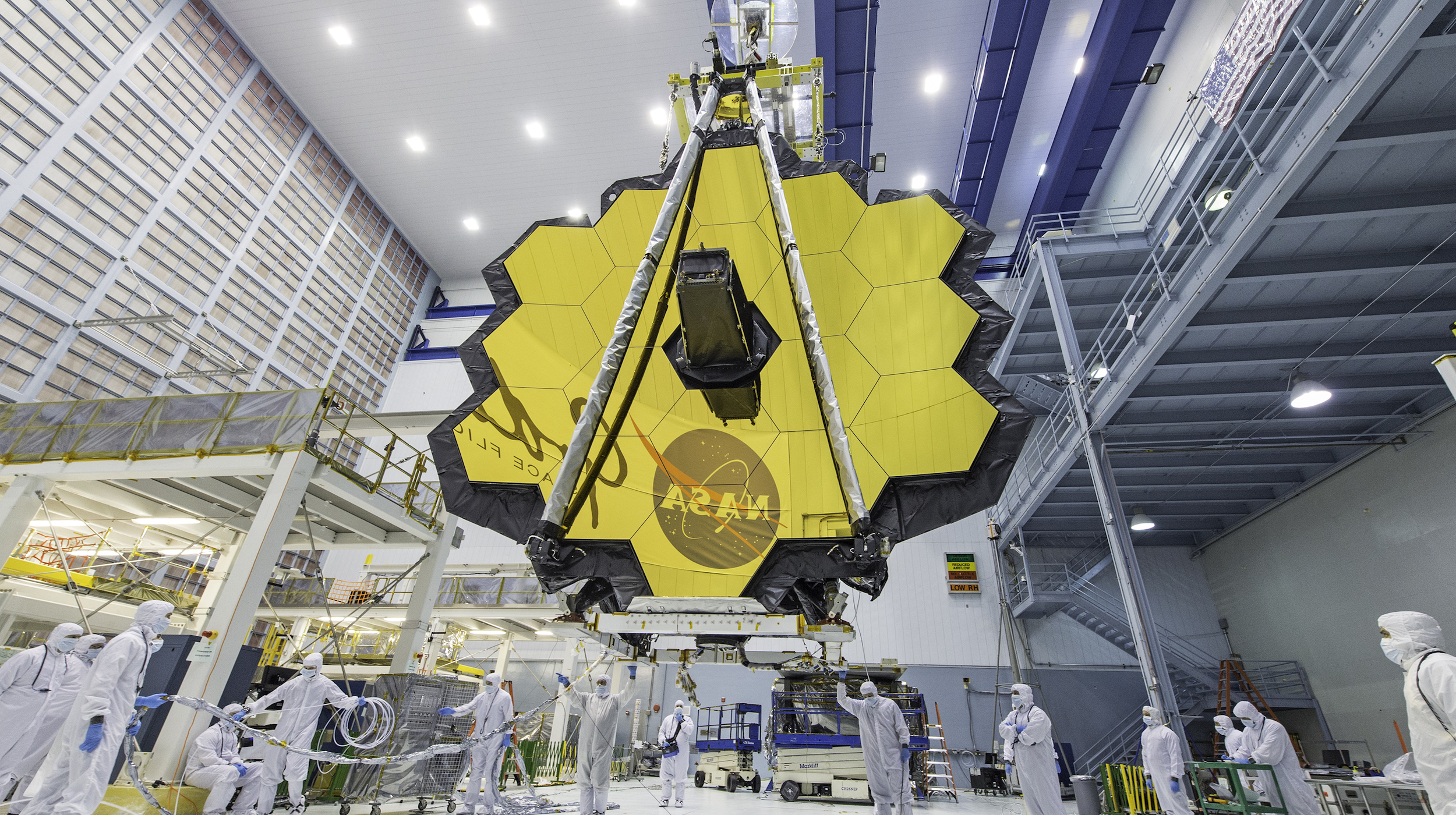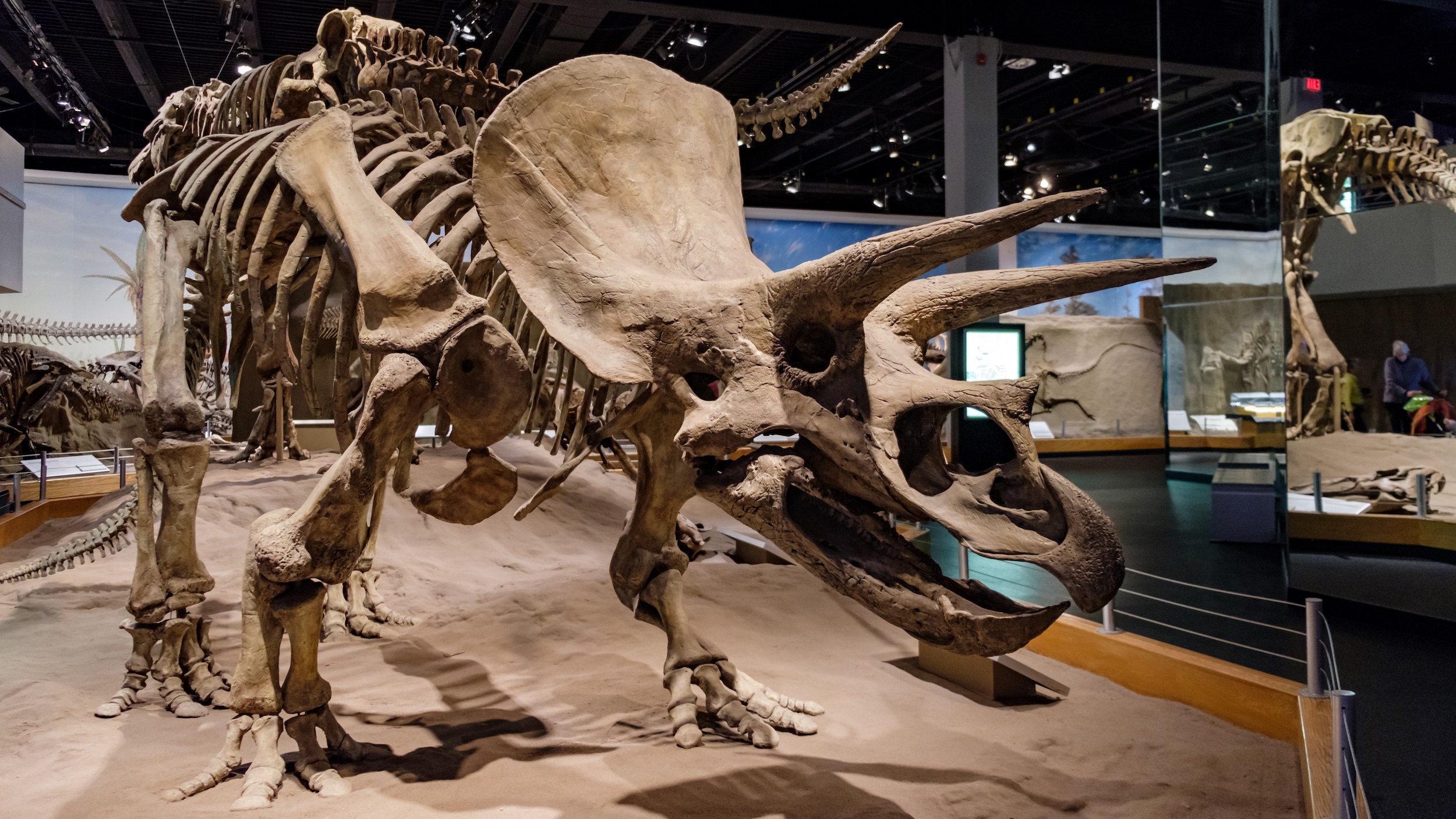Our world is unbelievably fascinating, isn’t it?
From right here on Earth to the vast reaches of space, from the ancient past to the near future, from the tiniest microorganism to the most gargantuan life form, we’re constantly making new discoveries, expanding our knowledge base about our amazing universe.
Browse through the Modules, and come along on the journey with us! We’ll learn about people, places, and creatures, about tech new and old, and about the past, the present, and of course the future!
Machu Picchu
Dig The Globe
La Brea Tar Pits
Fossil Farm
What is a Star?
Star Spaces
Serengeti Predators
Zooucation
High in the mountains of South America, hidden by clouds, is a city of magic. A home to the empire that didn’t have the wheel, horses, or a written language, but invented peanut butter, communicated via knots, domesticated guinea pigs, and knew how to make stone walls dance.
If you walk around Los Angeles today, you might see movie stars wandering about. But if you had a time machine to travel millions of years into the past, this area was populated by mammoths, giant sloths and dire wolves. Hmmm . . . maybe not so different from today after all . . .
From our sun, to the distant Crab Nebula, stars are such a commonplace part of our lives that we often don’t spare a thought of them. But there is more to stars that just twinkling lights in the night sky – stars can be hot or hotter, old or young, and come in (almost) every color of the rainbow!
For many of us, the Serengeti savanna is synonymous with the idea of the African continent. But what about the residents of that plain? Do all predators use the same strategies to catch their prey? And then there’s the prey, that follow their own blueprints for survival.
High in the mountains of South America, hidden by clouds, is a city of magic. A home to the empire that didn’t have the wheel, horses, or a written language, but invented peanut butter, communicated via knots, domesticated guinea pigs, and knew how to make stone walls dance.
La Brea Tar Pits
Fossil Farm
If you walk around Los Angeles today, you might see movie stars wandering about. But if you had a time machine to travel millions of years into the past, this area was populated by mammoths, giant sloths and dire wolves. Hmmm . . . maybe not so different from today after all . . .
What is a Star?
Star Spaces
From our sun, to the distant Crab Nebula, stars are such a commonplace part of our lives that we often don’t spare a thought of them. But there is more to stars that just twinkling lights in the night sky – stars can be hot or hotter, old or young, and come in (almost) every color of the rainbow!
Serengeti Predators
Zooucation
For many of us, the Serengeti savanna is synonymous with the idea of the African continent. But what about the residents of that plain? Do all predators use the same strategies to catch their prey? And then there’s the prey, that follow their own blueprints for survival.
Robots of David Hansen
Tech Talk
Volcanoes
Earth Environs
Kublai Khan
Culture Connection
The Science of Sports
Hacking Humans
Robots are iconic parts of our lives, but how are they changing the real world? Sometimes a job is too difficult or too dangerous for humans to perform, so how do robotic helpers handle the job not only in the sea, but in space as well?
We humans can be odd creatures sometimes. When confronted with a giant bowl of rocks that are so hot they’ve turned to soup, instead of getting as far away as possible, we’re just as likely to go up for a closer look. Why are volcanoes so fascinating to us?
Over the course of the 13th century, most of Asia was ruled by two men, grandfather and grandson. Both were named Khan. Between the two of them, they would change history, both within the borders of their empire and beyond.
How far can the human body be pushed? Extreme athletes (think free diving, snowboarding, ultra marathoners) take it to the limit. But to get the most out of your body, you have to train your brain as well. How do they do it, and why?
Robots of David Hansen
Tech Talk
Robots are iconic parts of our lives, but how are they changing the real world? Sometimes a job is too difficult or too dangerous for humans to perform, so how do robotic helpers handle the job not only in the sea, but in space as well?
Volcanoes
Earth Environs
We humans can be odd creatures sometimes. When confronted with a giant bowl of rocks that are so hot they’ve turned to soup, instead of getting as far away as possible, we’re just as likely to go up for a closer look. Why are volcanoes so fascinating to us?
Kublai Khan
Culture Connection
Over the course of the 13th century, most of Asia was ruled by two men, grandfather and grandson. Both were named Khan. Between the two of them, they would change history, both within the borders of their empire and beyond.
The Science of Sports
Hacking Humans
How far can the human body be pushed? Extreme athletes (think free diving, snowboarding, ultra marathoners) take it to the limit. But to get the most out of your body, you have to train your brain as well. How do they do it, and why?
Bees
Zooucation
Eyes in the Skies
Star Spaces
Petroglyphs
Culture Corner
Coral Reefs
Earth Environs
There’s nothing better than a cup of warm tea with honey on a cold day. But honey has been used for medicinal purposes since the ancient Egyptians. And honey is just one small facet of what bees can do. You won’t believe their funky dance moves!
Twinkle, twinkle, little star…or solar system…or galaxy…or universe… The James Webb Space Telescope has radically changed how we see the depths of space. But even if you don’t have access to a super telescope like the Webb, you can see a lot from your own backyard!
Prehistoric people lived very different lives from us, but we do have at least one thing in common: art. In every area on Earth (except Antarctica), we find ancient petroglyphs and cave paintings. But why were they created, and did ancient critics rate them like Instagram images?
What covers less than 25% of the ocean floor, but are among the largest living organisms on the planet and can live for thousands of years, and impact the entire world? Hint: they have names like Bird’s Nest, A Thorny Mystery, and Jedi Mind Trick.
Bees
Zooucation
There’s nothing better than a cup of warm tea with honey on a cold day. But honey has been used for medicinal purposes since the ancient Egyptians. And honey is just one small facet of what bees can do. You won’t believe their funky dance moves!
Eyes in the Skies
Star Spaces
Twinkle, twinkle, little star…or solar system…or galaxy…or universe… The James Webb Space Telescope has radically changed how we see the depths of space. But even if you don’t have access to a super telescope like the Webb, you can see a lot from your own backyard!
Petroglyphs
Culture Corner
Prehistoric people lived very different lives from us, but we do have at least one thing in common: art. In every area on Earth (except Antarctica), we find ancient petroglyphs and cave paintings. But why were they created, and did ancient critics rate them like Instagram images?
Coral Reefs
Earth Environs
What covers less than 25% of the ocean floor, but are among the largest living organisms on the planet and can live for thousands of years, and impact the entire world? Hint: they have names like Bird’s Nest, A Thorny Mystery, and Jedi Mind Trick.
Antartica
Earth Environs
Invasive Species
Zooucation
Ancient Ireland
Dig the Globe
Cretaceous
Fossil Farm
If you headed down to the very southernmost part of the Earth, what would you find? Penguins for sure (including the towering Emperor and diminutive Adélie), but also the world’s largest desert and largest glacier, not to mention a bunch of very cold scientists.
Invaders! No, not from other planets. All these troublemakers are from right here on Earth. Hippos and hornets, birds and boas, the stories of invasive species might surprise you. And what can you do about it? More than you might think!
Ireland is known for great music, gorgeous landscapes, and possibly the best accent ever. But ancient Ireland was possibly even cooler. Bog mummies, stone circles that rival Stonehenge, and the most notorious pirate queen ever, there’s more to this country than meets the eye!
Why should the Jurassic Era get all the glory? The Cretaceous had dinosaurs, too, but also other animals, some of which are still around (kind of – that many millions of years of evolution kind of changes you a bit!), like cockroaches and sea turtles.
Antartica
Earth Environs
If you headed down to the very southernmost part of the Earth, what would you find? Penguins for sure (including the towering Emperor and diminutive Adélie), but also the world’s largest desert and largest glacier, not to mention a bunch of very cold scientists.
Invasive Species
Zooucation
Invaders! No, not from other planets. All these troublemakers are from right here on Earth. Hippos and hornets, birds and boas, the stories of invasive species might surprise you. And what can you do about it? More than you might think!
Ancient Ireland
Dig the Globe
Ireland is known for great music, gorgeous landscapes, and possibly the best accent ever. But ancient Ireland was possibly even cooler. Bog mummies, stone circles that rival Stonehenge, and the most notorious pirate queen ever, there’s more to this country than meets the eye!
Cretaceous
Fossil Farm
Why should the Jurassic Era get all the glory? The Cretaceous had dinosaurs, too, but also other animals, some of which are still around (kind of – that many millions of years of evolution kind of changes you a bit!), like cockroaches and sea turtles.
